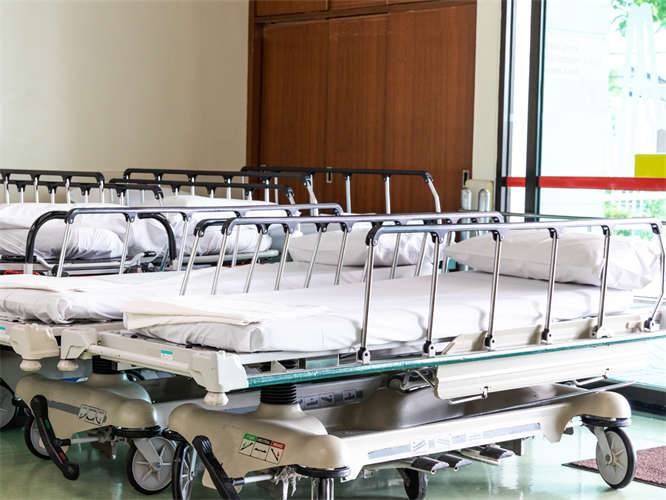عنوان
304 شارع الكاردينال الشمالي
مركز دورتشستر ، ماساتشوستس 02124
ساعات العمل
من الاثنين إلى الجمعة: 7 صباحًا - 7 مساءً
عطلة نهاية الأسبوع: 10 صباحًا - 5 مساءً
مرحباً بكم في مدونتي!
قبل أن نتعمق في المحتوى، أود منك الانضمام إليّ على منصات التواصل الاجتماعي الخاصة بي حيث أشارك المزيد من الأفكار وأتفاعل مع المجتمع وأنشر التحديثات. إليك كيفية التواصل معي:
فيسبوك: https://www.facebook.com/profile.php?id=100071234835011
لينكدإن: https://www.linkedin.com/company/74943205/admin/dashboard/
يوتيوب: www.youtube.com/@shandongexpertmedicalequip4695
تيك توك: www.tiktok.com/@expertmedical
الآن، لنبدأ رحلتنا معًا. أتمنى أن تجد المحتوى هنا مفيدًا وجذابًا وقيمًا.

Have you ever found yourself confined to a hospital bed, staring at the same four walls day after day? The hospital room, a place of healing and recovery, can also feel like a small universe, especially when you’re feeling under the weather. In this blog post, we’ll explore the hospital room from a patient’s perspective, discussing its design elements, the impact on patient experience, and how to make the most of your stay.
Research has consistently shown that the design of a hospital room can have a profound impact on a patient’s physiological and psychological well-being. Studies have linked specific design elements to a range of positive outcomes, including:
Increased patient satisfaction: Patients who are satisfied with their hospital experience are more likely to follow their treatment plans and have better overall health outcomes.
Reduced stress and anxiety: Natural light, calming colors, and quiet environments have been shown to reduce stress hormones and promote relaxation.
Improved sleep quality: Comfortable beds, adjustable lighting, and noise reduction measures can lead to better sleep, which is essential for healing.
Enhanced pain management: Patients in calming environments often report lower pain levels and require less pain medication.
Faster recovery: A supportive and healing environment can accelerate the body’s natural healing processes.
Research has consistently shown that the design of a hospital room can have a profound impact on a patient’s physiological and psychological well-being. Studies have linked specific design elements to a range of positive outcomes, including:









Turning a hospital room into a home-away-from-home involves creating a personalized space that promotes comfort and relaxation. Consider the following tips:
By taking these steps, you can create a hospital room that feels more like a sanctuary than a medical facility.
| ميزة | Traditional Hospital Room | Patient-Centered Hospital Room |
|---|---|---|
| إضاءة | Fluorescent overhead lights | Natural light, adjustable lighting |
| Noise level | High noise levels from hallways and staff | Quiet and calming environment |
| Privacy | Limited privacy | Curtains or room dividers for privacy |
| تكنولوجيا | Basic television | Wi-Fi, patient portal, entertainment system |
| Personalization | Limited personalization options | Opportunities for patients to personalize their room |

Technology has revolutionized the modern hospital room, enhancing patient experience and outcomes in numerous ways. By incorporating advanced technologies, hospitals can:
Monitor vital signs: Wearable devices and sensors can continuously monitor a patient’s vital signs, alerting healthcare providers to any changes in their condition.
Provide personalized care: Smart hospital beds can adjust to a patient’s position and comfort, while interactive displays allow patients to access their medical records, entertainment, and educational materials.
Improve communication: Telehealth solutions enable patients to connect with healthcare providers remotely, reducing the need for in-person visits.
Enhance patient engagement: Interactive games and virtual reality experiences can distract patients from pain and boredom, promoting a more positive hospital stay.
While significant progress has been made in hospital room design, challenges remain. These include:
The hospital room is more than just a place to recover; it’s a space that can significantly impact a patient’s well-being. By focusing on factors such as natural light, privacy, comfort, and personalization, hospitals can create environments that promote healing and enhance the patient experience.
